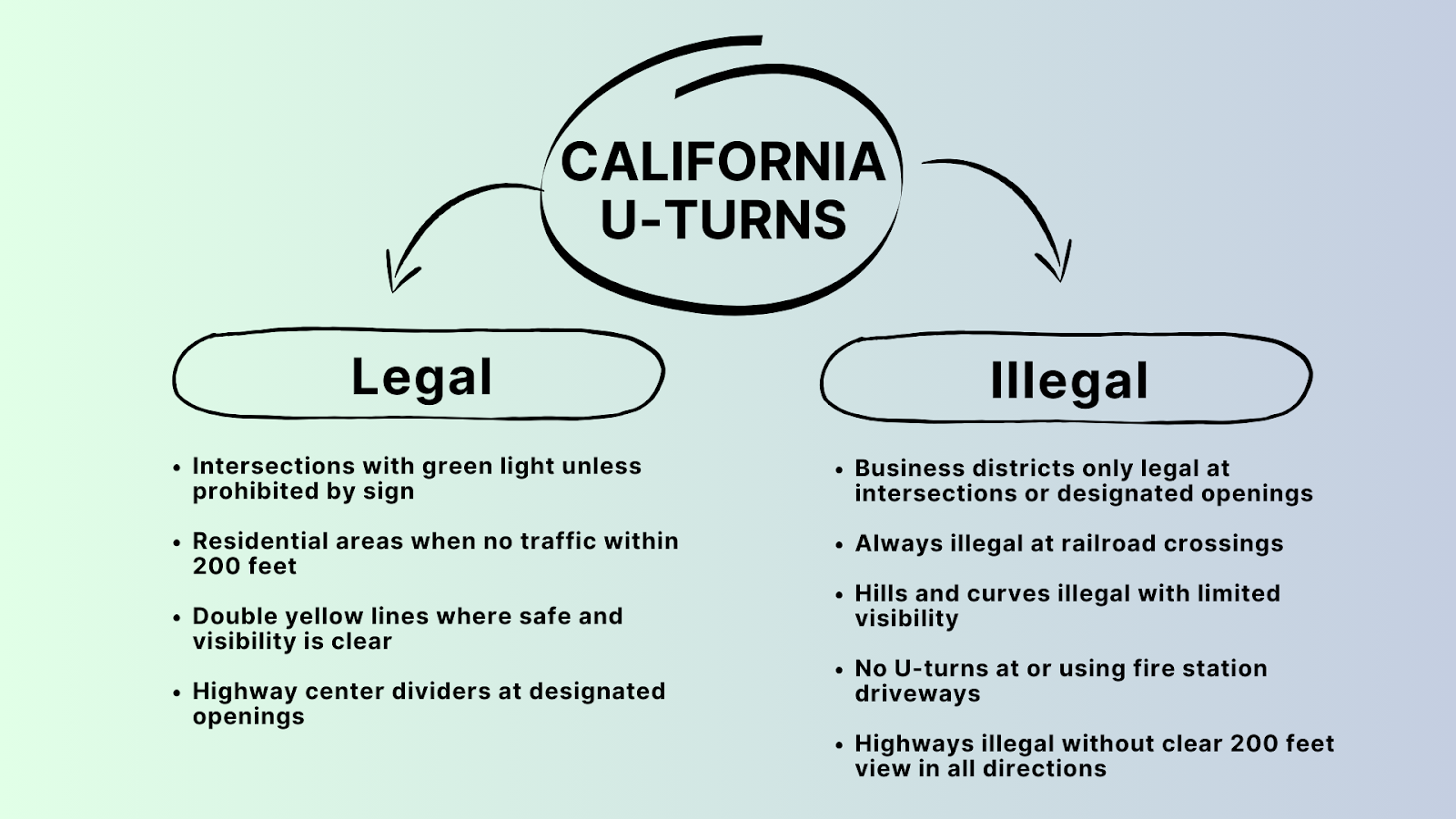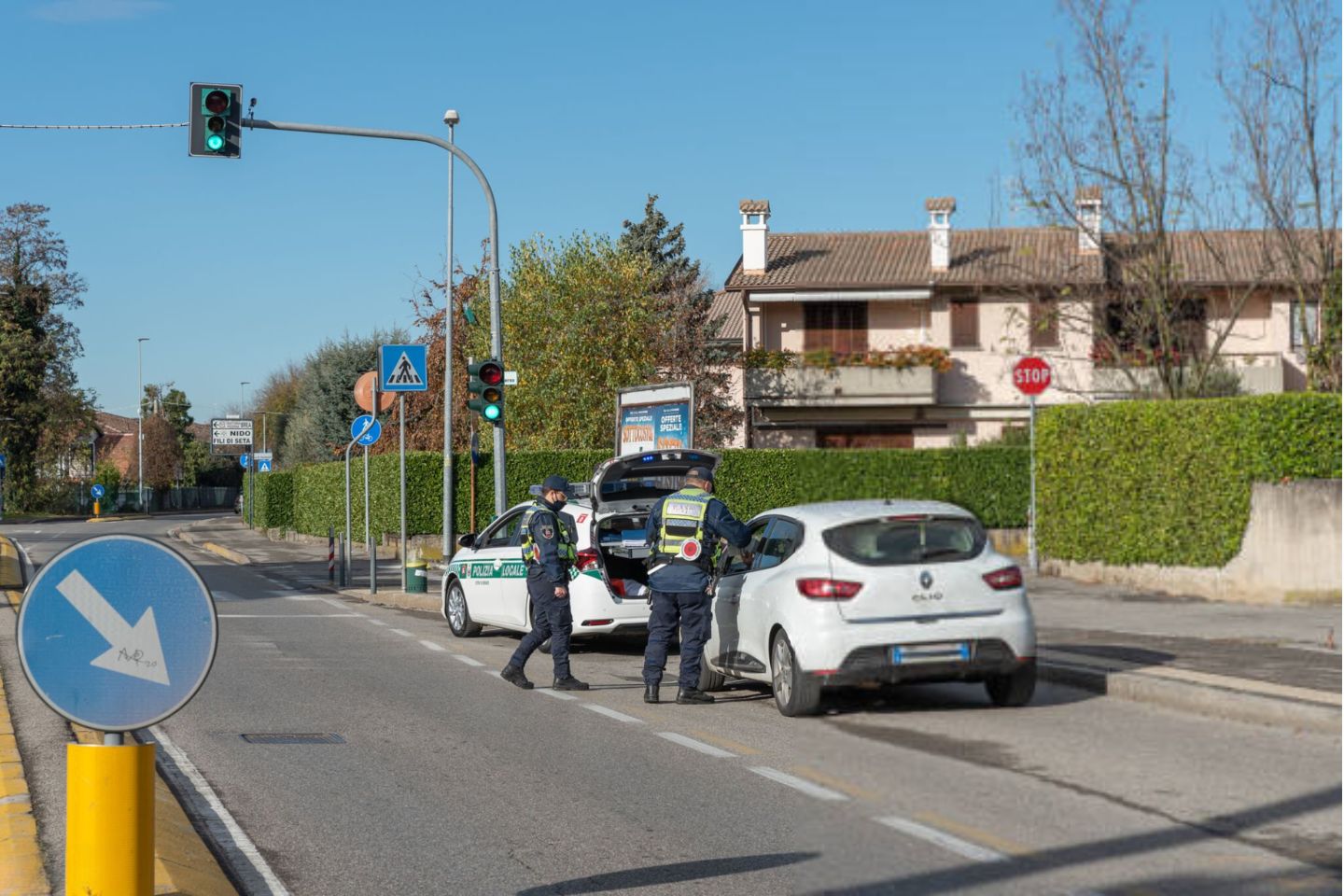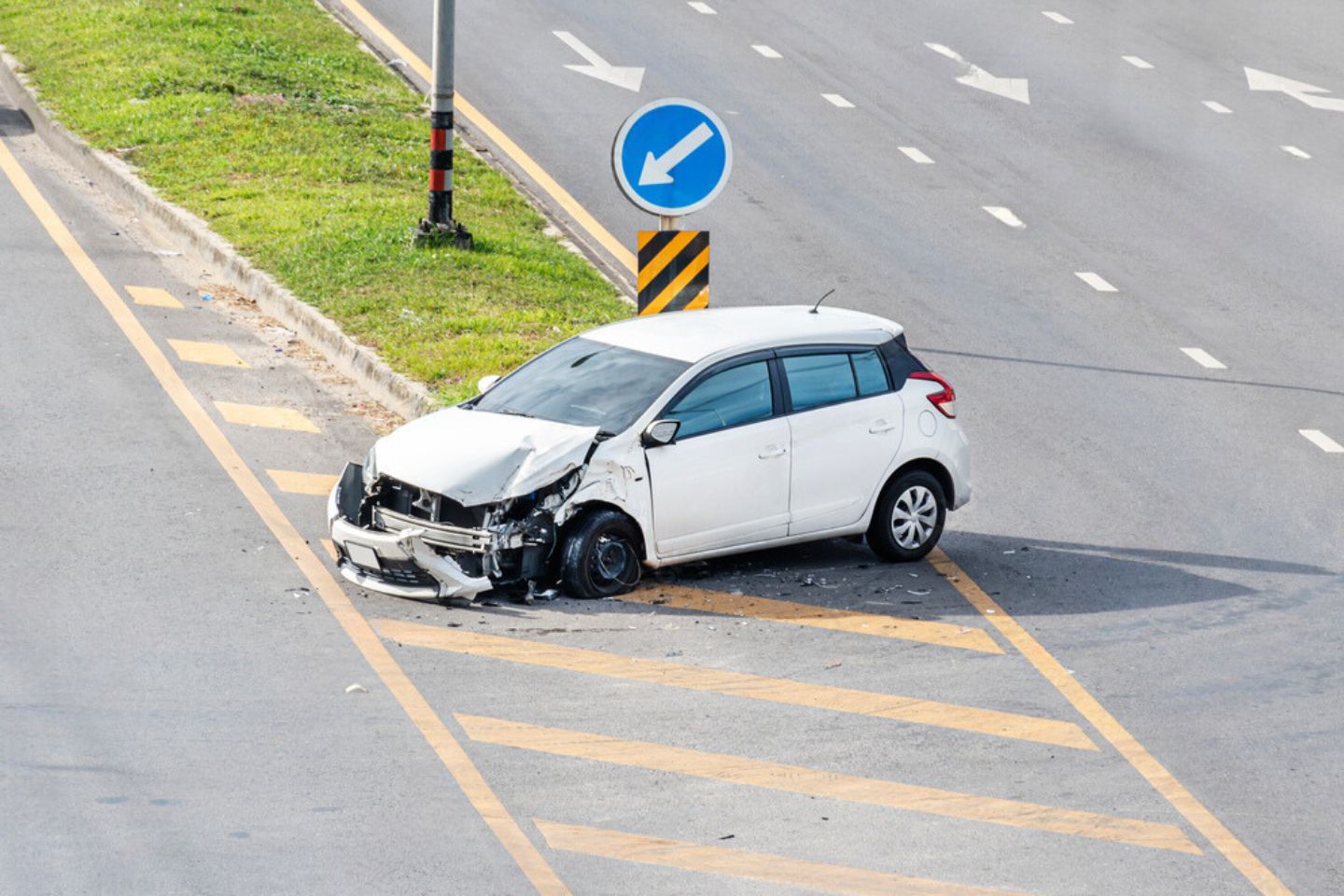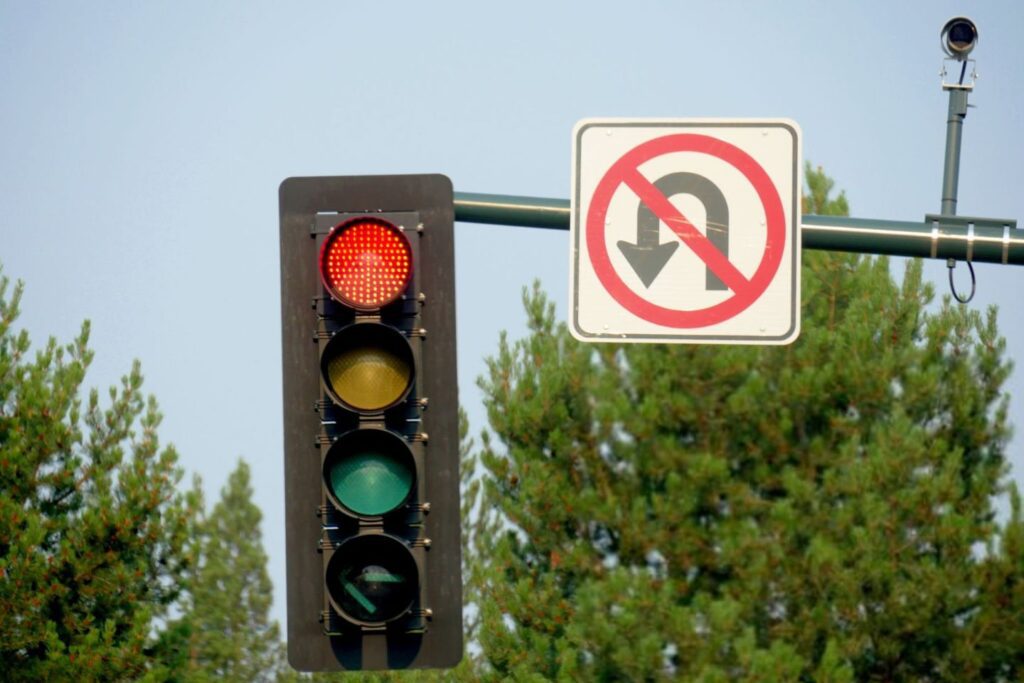Navigating California’s U-turn laws can be as tricky as the maneuver itself. Despite being a common part of daily driving, U-turns are often misunderstood and mishandled, leading to confusion and, worse, accidents.
So far in 2024, of the 5,822 recorded vehicle accidents in California, 21.21% resulted from improper turning, including faulty U-turns. This highlights the significant impact of U-turns on road safety.


This guide aims to clarify California U-turn laws, providing you with essential knowledge for safe and confident driving. We’ll explore how to execute U-turns legally, the penalties for violations, and the legal steps to take after accidents related to U-turns.
Are U-Turns Illegal in California?


In California, U-turns are not illegal, but they are regulated under specific circumstances as outlined in the California Vehicle Code. Understanding when and where U-turns are permissible is essential for safe and lawful driving in the state.
Legal U-Turns
- At Intersections: Under California Vehicle Code §2145, drivers can make a U-turn at an intersection with a traffic signal if facing a green light, unless U-turns are specifically prohibited by a sign. Drivers must also yield the right-of-way to other traffic and pedestrians in the intersection or crosswalk.
- Residential Areas: U-turns are generally permissible in residential districts unless another vehicle is within 200 feet. This rule also applies at intersections controlled by traffic signs or lights, ensuring that approaching traffic is regulated for safety.
- Across Double Yellow Lines: In certain scenarios, California law permits U-turns across a double yellow line, provided it’s safe and legal to do so. This often depends on the specific road conditions and visibility, emphasizing the need for drivers to use their judgment to ensure safety.
- On Highways: On highways, legal U-turns are allowed when there’s an opening in the center divider specifically provided for this purpose. These designated areas are designed to facilitate safe U-turns, away from regular traffic flow.
Illegal U-Turns
- In Business Districts: California Vehicle Code Div. 11, Ch. 6, §22012 prohibits U-turns in business districts, except at intersections or on divided highways with a provided opening. When multiple lanes of travel exist in the same direction, U-turns must be initiated from the leftmost lane.
- Near Railroad Crossings, Hills, and Curves: Section 22105 prohibits U-turns on railroad crossings, and Section 22106 forbids U-turns near the crest of a hill or a curve where visibility is limited.
- Near Fire Stations: It’s illegal to perform a U-turn in front of or using a fire station’s driveway.
- On Highways: U-turns on highways are illegal if the driver does not have a clear view of at least 200 feet in all directions.
Consequences of Violating California U-Turn Laws


California’s Vehicle Code specifically addresses the illegality of making U-turns at controlled intersections where “no U-turn” signs are present. Violating this statute can lead to significant legal repercussions, affecting both your driving record and finances.
Fines and Fees
If you’re cited for making an illegal U-turn in violation of the Vehicle Code, expect a fine that can reach up to $234.00. This amount may increase with additional court costs, especially if the violation occurred in sensitive areas like school zones or construction sites.
Points on Your Driving Record
Along with financial penalties, an illegal U-turn citation adds points to your driving record. In California, this violation typically adds one point. Gathering too many points within a certain period can lead to further consequences, like increased insurance premiums or even the suspension of your driver’s license.
Insurance Rate Increases
Insurance companies often view U-turn violations as risky behavior. As a result, if you’re cited for an illegal U-turn, you might see an increase in your car insurance rates. This increase can vary but may significantly impact your insurance costs over time.
Possible Court Appearance
In some cases, particularly if the illegal U-turn led to an accident or endangered others, you may be required to appear in court. This can result in additional legal fees and time away from work or other responsibilities.
Impact on Civil Liability
If your illegal U-turn results in an accident, you could be found liable for damages or injuries caused. This can lead to civil lawsuits and hefty compensation payouts, depending on the severity of the accident.
Common Causes of U-Turn Accidents in California
U-turn accidents are a significant concern in California, often resulting from driver error and challenging road conditions. Understanding these common causes can help in identifying and avoiding potential hazards.
- Limited Visibility: One of the primary causes of U-turn accidents is limited visibility. This can occur at poorly designed intersections, on roads with blocked views, or during adverse weather conditions. Drivers might not see oncoming traffic or pedestrians, leading to collisions.
- Misjudgment of Speed and Distance: Accidents often happen when drivers misjudge the speed and distance of oncoming vehicles while making a U-turn. This misjudgment can result in a collision, especially on high-speed roads or at busy intersections.
- Dangerous Intersections: Certain intersections are known for being accident-prone due to complex traffic patterns, high volumes of vehicles, or inadequate signage. For instance, intersections like those found on Los Angeles’s Sunset Boulevard or San Francisco’s Market Street are known for their challenging driving conditions.
- Non-Compliance with Traffic Signals: Ignoring traffic signals and signs when making a U-turn is a common cause of accidents. This includes making U-turns at red lights or where U-turns are expressly prohibited.
- Aggressive Driving Behavior: Aggressive driving, including speeding or reckless maneuvering around a U-turn, can lead to loss of vehicle control or failure to react in time to avoid a collision.
- Influence of Alcohol or Drugs: Driving under the influence of alcohol or drugs impairs judgment and reaction times, increasing the risk of accidents during complex driving maneuvers like U-turns.
If you are facing a personal injury from a U-turn accident, The Personal Injury Center can help you quickly connect with an attorney who specializes in such cases. Our goal is to provide swift and effective support, guiding you through the complexities of the recovery process during these challenging times.
Legal Options for U-Turn Accident Victims in California


If you’ve been involved in an accident resulting from an illegal U-turn, understanding your legal rights under California U-turn laws is crucial. As a victim, you have multiple avenues to pursue justice and seek compensation for any injuries and damages incurred.
Personal Injury Claims
In California, if you’re injured because of someone else’s negligent actions during an illegal U-turn, you’re entitled to file a personal injury claim. This legal action can help you recover costs for medical expenses, compensate for lost wages due to the inability to work, and address non-economic damages like pain and suffering.
California Civil Code 1714 explicitly holds individuals accountable for injuries caused by their negligent or willful actions. Essentially, this law underscores the principle that everyone is responsible for the consequences of their actions, especially when they harm others.
Insurance Claims
In the aftermath of a U-turn accident in California, one of your initial steps should be to file a claim with the insurance company of the driver at fault. California’s fault-based system for car accidents, also known as a “tort” system, ensures that the responsible party bears the financial consequences of the accident.
This means that the at-fault driver’s insurance is typically the first source to seek compensation for your damages, including medical bills, property damage, and other accident-related expenses.
However, it’s important to note that the extent of coverage can vary based on the at-fault driver’s insurance policy limits. Insurance policies have maximum coverage limits, which may not always fully compensate for all the damages incurred in an accident, especially in severe cases.
Uninsured or Underinsured Motorist Claims
In situations where the at-fault driver in a U-turn accident lacks adequate insurance coverage, your path to compensation doesn’t end. California’s insurance regulations, specifically under Insurance Code 11580.2, provide a safeguard through uninsured or underinsured motorist coverage. This aspect of your own auto insurance policy kicks in when the liable party’s insurance is insufficient to cover all your damages or if the driver is entirely uninsured.
Uninsured motorist (UM) coverage is designed to protect you if you’re involved in an accident with a driver who has no insurance at all. Underinsured motorist (UIM) coverage, on the other hand, is applicable when the at-fault driver’s insurance limits are too low to cover the full extent of your losses, such as substantial medical bills, lost income, and other related expenses.
Litigation
In cases where insurance claims don’t fully cover the losses from a U-turn accident, or when liability is disputed, litigation becomes an essential step. This process involves taking legal action against the at-fault driver and potentially other parties to obtain the compensation you rightfully deserve. Litigation can address extensive damages, including comprehensive medical costs, lost wages, pain and suffering, emotional distress, and any long-term impacts of the accident.
It’s crucial to be aware of the statute of limitations in California. Under the California Code of Civil Procedure 335.1, you have two years from the accident date to file a lawsuit. Delaying beyond this period can limit your right to legal recourse.
Given the complexities of litigation, involving gathering evidence and understanding legal nuances, partnering with an experienced personal injury attorney is advisable. They can guide you through the legal system, negotiate effectively, and champion your rights in court, ensuring your case is robustly represented.
If you have faced the challenges of an accident involving a U-turn, The Personal Injury Center is here to offer guidance and support. We specialize in connecting you with the legal expertise needed to navigate the complexities of these incidents under California U-turn laws. Our commitment is to empower you with the essential knowledge, ensuring you are fully informed about your rights and the potential avenues for compensation.
Key Takeaways
|



